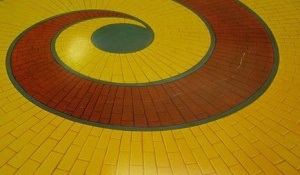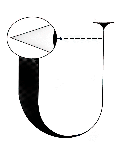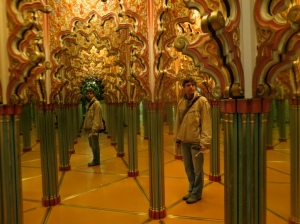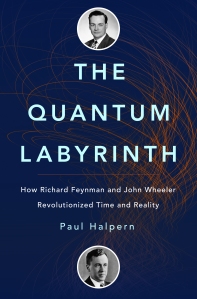A New Book by Paul Halpern
Let’s travel back in time to September 1939
World War II had just begun in Europe.
The Wizard of Oz captivated moviegoers’ imaginations with its revolutionary cinematography, portraying mysterious lands where strange rules applied.

At Princeton, another kind of magic was about to begin: a complete rethinking of time and reality, led by two extraordinary physicists: John Wheeler and his student Richard Feynman. Their mission: to rescue quantum physics from its mathematical contradictions and establish what are the fundamental ingredients of the universe.
Wheeler pondered the idea that all particles could be built from electrons, perhaps even from a single electron zigzagging backward and forward in time. Feynman, in turn, developed a new way of framing quantum mechanics as a medley of contradictory timelines, which Wheeler dubbed “sum over histories.” Time would no longer be a steady stream, representing a single progression of events, but rather a labyrinth of multiple paths, somehow all taken at once. Feynman later modified this idea to become the core of his Nobel-Prize-winning contributions to quantum electrodynamics.

After the physics community adopted Feynman’s radical notion, illustrated by special diagrams he designed, Wheeler tried to apply it to the universe itself. Wheeler’s goal was to identify an elusive quantum theory of gravitation. In the process, he proposed peculiar spatial shortcuts called wormholes, and other kinds of exotic entities called geons and spacetime foam. However, there was a catch. We, as observers, are part of the universe. Therefore a complete quantum theory of the universe needs to include us as well.

Enter another of Wheeler’s brilliant students, Hugh Everett, who proposed what became known as the Many Worlds Interpretation of Quantum Mechanics. In Everett’s model, human observers “split” into multiple copies in parallel universes each time they take a quantum measurement. Not only is time a labyrinth; it is a mirror maze reflecting multiple versions of each one of us!

Step into the quantum labyrinth and discover a realm of fascinating scientific history, with many unexpected twists and turns!
Pick up your copy now at
Amazon.com, Barnes & Noble, Books-A-Million, Powell’s, or your local independent bookseller
